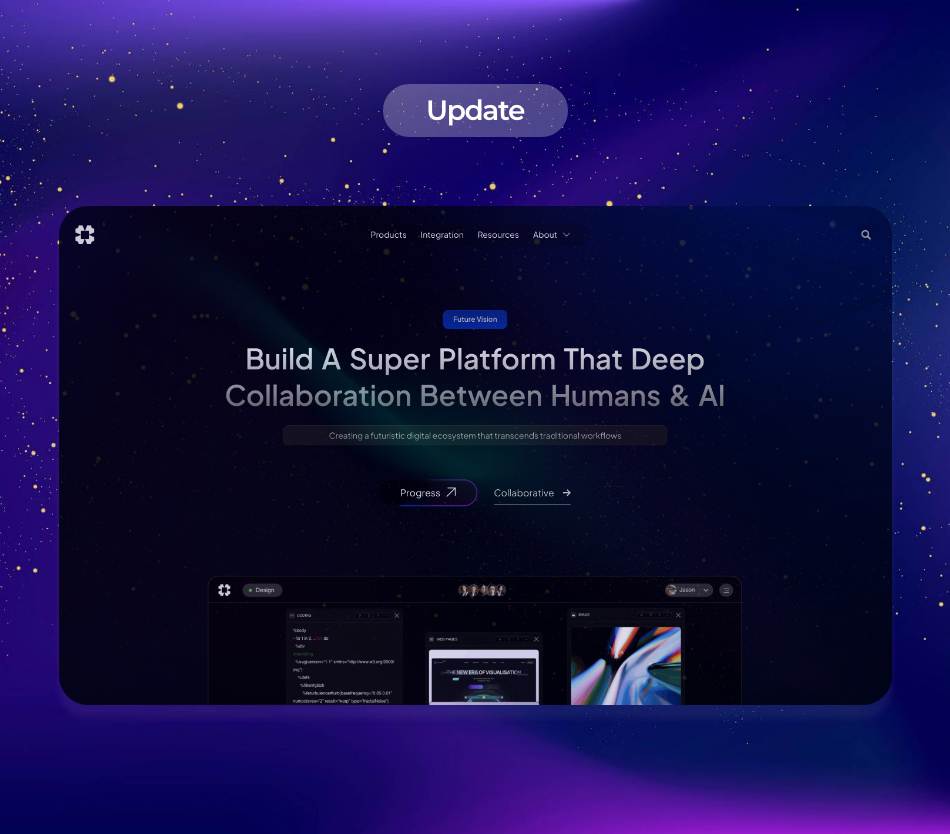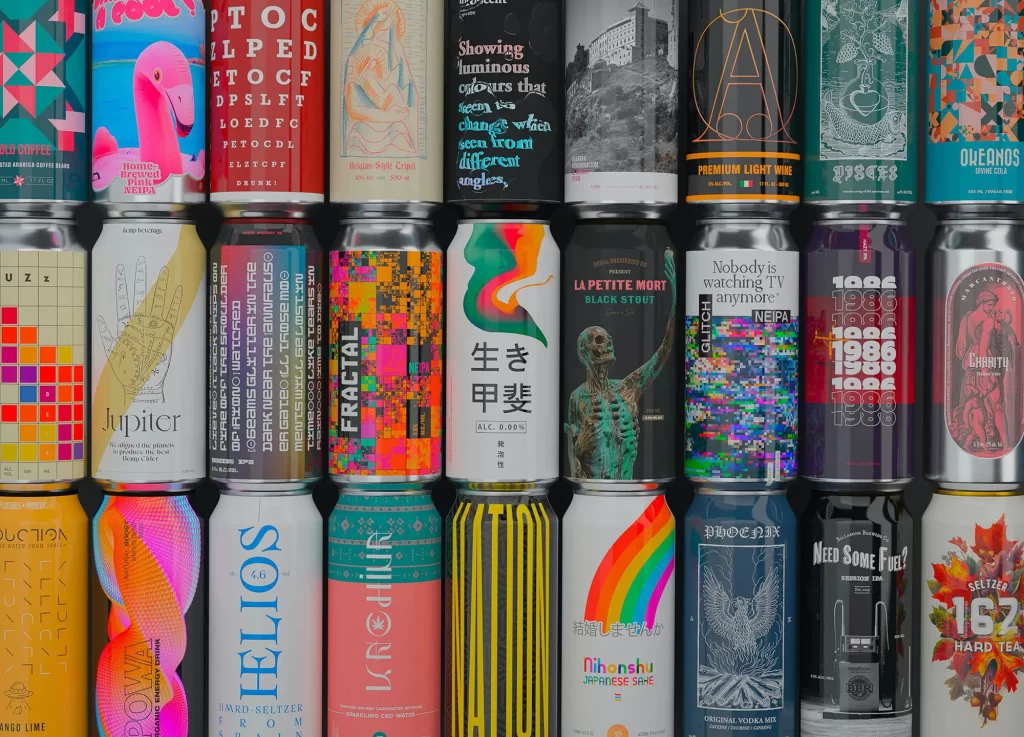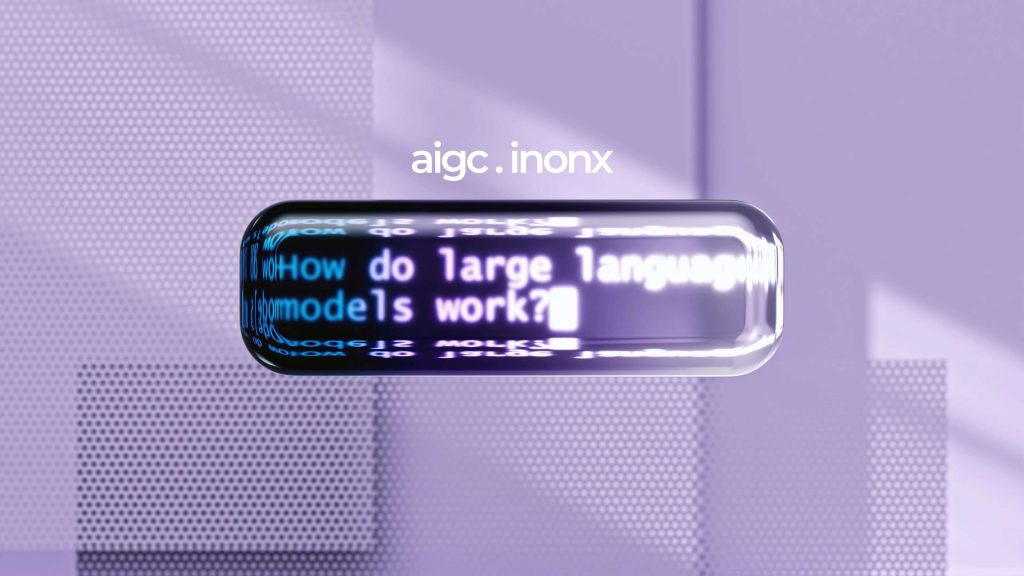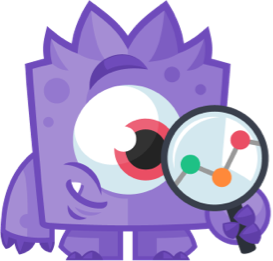As industries relentlessly innovate to keep pace with technological advancements, the integration of Artificial Intelligence Operating Systems (AIOS) has become paramount. With the arrival of Privacy-centric AIOS, Machine Vision, and the push for Industrial Automation, a transformational epoch is dawning upon us. In this article, we’ll delve into the latest trends, updates, industry applications, and technical insights. Moreover, we’ll uncover the compelling use cases that demonstrate how privacy-centric AIOS and machine vision are revolutionizing industrial automation.
.
### The Concept of Privacy-Centric AIOS
Privacy-centric AIOS refers to operating systems designed not just for efficiency but also with a keen focus on safeguarding users’ and businesses’ data. In today’s digital landscape, privacy concerns have surged, especially with the implementation of data protection regulations such as GDPR and CCPA. As organizations integrate AI-based solutions into everyday operations, the need for frameworks that prioritize data privacy has become crucial.
.
Privacy-centric AIOS encompasses robust encryption, data anonymization, and stringent access controls that ensure sensitive data remains within safe bounds. As organizations deploy these OS architectures, they not only comply with regulations but also build consumer and partner trust. For instance, companies like Microsoft and Apple are investing aggressively in creating platforms that emphasize user privacy while maintaining robust functionality.
.
### The Role of Machine Vision in AIOS
As industries look to leverage AI, machine vision plays an indispensable role, especially when combined with a privacy-centric AIOS framework. Machine vision refers to the ability of a computer to “see” and interpret visual data, usually through cameras and image processing techniques. When integrated within AIOS, machine vision becomes a sophisticated tool for quality control, anomaly detection, and enhanced operational efficiency.
.
In sectors such as manufacturing and logistics, machine vision solutions can automate inspection processes, detect defects in real-time, and track inventory with unparalleled accuracy. By using a privacy-centric AIOS, these systems can guarantee that the visual data collected remains secure. For example, the integration of machine vision within automotive assembly lines helps ensure precision, reduces waste, and contributes to the overall efficiency of the supply chain.
.
### AIOS for Industrial Automation
The industry’s push towards automation, powered by AIOS, has redefined operational paradigms. Industrial automation involves utilizing control systems such as computers and robots for handling different processes and machinery in an industry. AIOS provides firms with real-time data analysis, predictive maintenance, and increased operational adaptability.
.
Incorporating privacy-centric principles into AIOS helps mitigate potential risks. This approach not only protects trade secrets but also ensures that sensitive operational data is not exposed to malicious entities. Moreover, as companies adopt AI-driven industrial automation, they can identify and address inefficiencies quicker, thus enhancing productivity. A case study showcasing this is Siemens, which has successfully implemented AIOS in its smart factories, significantly improving operation schedules while keeping data secure.
.
### Current Trends in AIOS Casual to Industrial Adoption
As AIOS evolves, several noteworthy trends are emerging that signal a shift in how industries approach automation and data privacy. One major trend is the rise of edge computing, where data processing occurs close to the source of data generation rather than relying solely on cloud-based infrastructure. This minimizes latency for real-time decision-making and enhances data privacy as less sensitive information is transferred to the cloud.
.
Another trend is the increasing collaboration between tech companies and industries. Governance, risk management, and compliance (GRC) frameworks are becoming embedded in AIOS, ensuring that industry standards are upheld while developing AI applications. A pivotal partner in this collaboration has been the presence of consultancies that specialize in AI, like McKinsey and BCG, which provide requisite expertise to ensure responsible AI deployment.
.
### Challenges and Solutions Facing AIOS Implementation
Implementing Privacy-centric AIOS and automation can be fraught with challenges. One significant issue is the need for a skilled workforce capable of harnessing the advanced technologies that AIOS embodies. The solution lies in upskilling existing employees and focusing on STEM education initiatives to cultivate a tech-savvy workforce.
.
Additionally, ensuring interoperability between legacy systems and newer AIOS infrastructure is essential. Businesses must adopt integration strategies and solutions that allow for a seamless transition into modern technologies. The integration of APIs and data intermediaries can facilitate smoother migrations, preserving existing workflows while embracing a modern AI landscape.
.
### Industry Applications and Insights
The applications of privacy-centric AIOS are extensive and varied across industries. In the manufacturing sector, organizations use it for predictive maintenance, reducing downtime through machine learning algorithms that analyze operational data. In logistics, firms harness these systems for route optimization, ensuring timely deliveries while maintaining data privacy for customer information.
.
Moreover, in the healthcare realm, privacy-centric AIOS is crucial for processing sensitive patient data. By ensuring that AI systems respect privacy guidelines, healthcare organizations can leverage AI for predictive analytics and enhanced patient care without compromising data security.
.
### Case Study: AIOS in Action
To see these principles in action, consider Tesla’s use of machine vision integrated with privacy-centric AIOS in its autonomous vehicles. The vehicles collect images and data in real-time, making split-second decisions to enhance safety and optimize driving routes. Tesla employs stringent data protection frameworks, ensuring that while the data collected is utilized for improving user experience, it remains secure and de-identified whenever possible.
.
### Looking Ahead: The Future of AIOS
As technology continues to evolve, the future of AIOS looks promising. Incorporating machine vision into a privacy-centric framework provides firms with unparalleled strategic advantages. Industries can operate more efficiently, comply with data privacy laws, and maintain consumer trust.
.
With the rapid pace of advancement, businesses must remain agile, ready to embrace the disruptive nature of AIOS. By prioritizing privacy, investing in workforce training, and forging strategic partnerships, industries can not only survive but thrive in this new era of industrial automation.
.
In conclusion, the convergence of AIOS, machine vision, and industrial automation, underpinned by a commitment to privacy, signifies a monumental leap towards smarter, more efficient, and compliant operational landscapes. The transformative potential of privacy-centric AIOS is boundless, paving the way for smarter industries and a future where technology works harmoniously with personal privacy and operational efficiency.
.
As we move towards this future, it remains crucial for industries to not only adopt but also actively iterate on these technologies, ensuring they serve as enablers of innovation rather than barriers to privacy and compliance.
**Sources:**
1. “The Importance of Privacy-Centric AI” – McKinsey Digital
2. “AI and Automation: Strategies for Today’s Workforce” – Harvard Business Review
3. “The Future of Machine Vision in Industry 4.0” – IndustryWeek
4. “Privacy by Design: A Guide to Implementing Privacy-Centric Data Practices” – Information Commissioner’s Office
5. “Edge Computing for Smarter Industrial Automation” – TechTarget


























